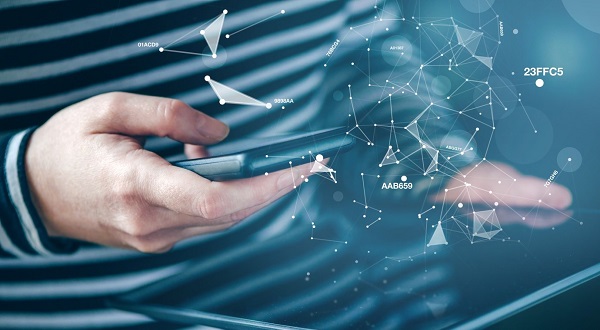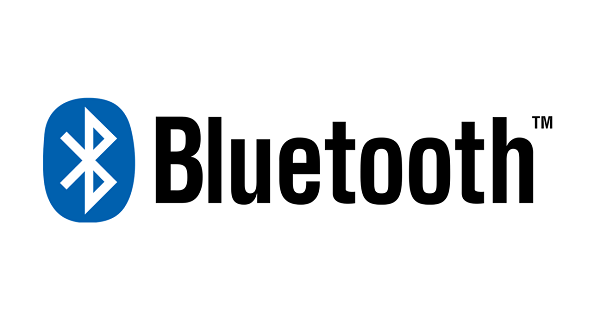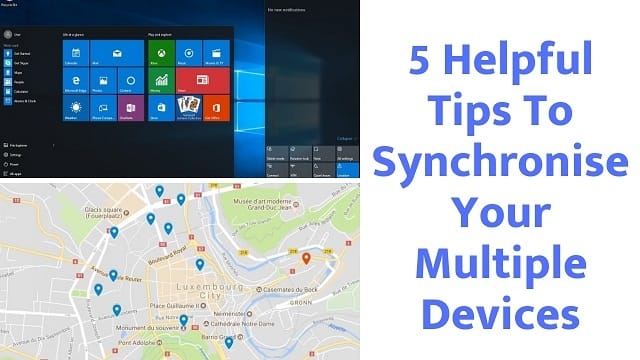While the capabilities of Synchronise our smartphones have come on incredible leaps and bounds over the years, we don’t often just have one mobile phone – in fact, most of us have multiple devices including iPads or tablets, laptops and even smartwatches and more often than now, they all connect to one another.
How to Synchronise Your Multiple Devices

With data being readily accessible across each of these devices, technology has gone on to adapt everything from apps, to websites online to allow for an easy connection between the likes of a MacBook and your phone. Every game or app we use, whether it’s to finish last night’s movie on Netflix as you travel to and from work on your iPad, or receive instant news updates from your phone every hour, or even to choose from a variety of game apps tailored for each device in the evenings or during a commute, are often crafted with cross-device compatibility in mind. There is a true abundance of technology on our devices for enjoyable, seamless use regardless of what we want to do to pass the time.
If you have just upgraded to the latest device or bought something new to add to your collection, you may want some top tips as to how you can synchronise them together. That’s where we come in.
Utilise Airdrop For Apple Devices
For those with an iPhone, iPad or another Apple-crafted device, you’re probably already fully familiar with this incredible feature. Sharing pictures and documents between devices, or even to another person’s phone is made significantly easier compared to sending them via WhatsApp, Facebook or any other social platform, making AirDrop a convenient choice for a fast transfer. All your iOS devices needs is to run at least iOS 7 and have both Wi-Fi and Bluetooth turned on. This way you can synchronise your mobile device with your iPad by sending pictures across without a delay and in just a few taps of your screen.
Use Google Maps Cross-Platform

Something you might not have considered before is the fact that you can actually share directions between your devices. Using Google Maps as your very own GPS system certainly has its benefits, particularly in terms of live traffic and ETA, but one feature that often goes unused is the ability to share maps between devices.
By sharing the directions from your desktop computer to your tablet or phone, or in some cases, even your car’s infotainment system, you can save yourself time by reducing the need to research for the right route. Simply by clicking on the share button on desktop and choosing the device you wish to send the directions to, you can share your route and directions straight to your chosen device.
IoT
The IoT (internet of things) is a system of technological devices which have the ability to transfer data and trigger activity without the need for human-to-computer or human-to-human interaction. The internet of things devices share their sensor data by connecting to another central device where data is either analysed locally or sent to the cloud, all without the need for human interference. Think of it this way – with an IoT network in your home, you could turn on your lights, TV, heating and even your kettle, all from one device.
With this system already proving to be a success, the future of IoT is looking good. If we were to integrate AI with our IoT networks, for example, you could take out the need to trigger a switch completely. Your lights would simply turn on when you walked into the room, which would then start up the TV on their own. Additionally, your heating could switch on when you unlock your door, and switch off when you leave the house – all of this may not only help the world become more efficient, but it could work out cheaper in terms of energy bills as well.
Bluetooth

Bluetooth has been around for a long time now, since 1994 in fact, and continues to this day to be a great way to synchronise your devices. You could send music, contacts and pictures from one device to another very early on and nowadays, this has gone even further. As soon as you have paired your phone or tablet to the device you wish you to share your files with, much of the data transfer can be automated. Whether it’s a smart watch operating via a Bluetooth connection, or the simple movement of documents and data, Bluetooth has proven to be an invaluable way to synchronise your devices.
Windows 10

Whether you have an iPhone, Android, iPad or another form of tablet, the Microsoft Phone Companion app for Windows 10 allows you to transfer all of your music, files and photos around all of your devices, without the need for any wires or expensive transfer costs. In fact, it’s completely free, and once you’re set up, every photo you take on your mobile or your tablet will appear on your Windows 10 computer in the photos app. Your music can be saved to OneDrive and played anywhere you like on any device you have, and any notes you make on One Note on any one of your devices, will go to Office docs and sync up.
Hopefully, these 5 top tips will help you to synchronise your multiple devices for a less time-consuming and more efficient technical life.

